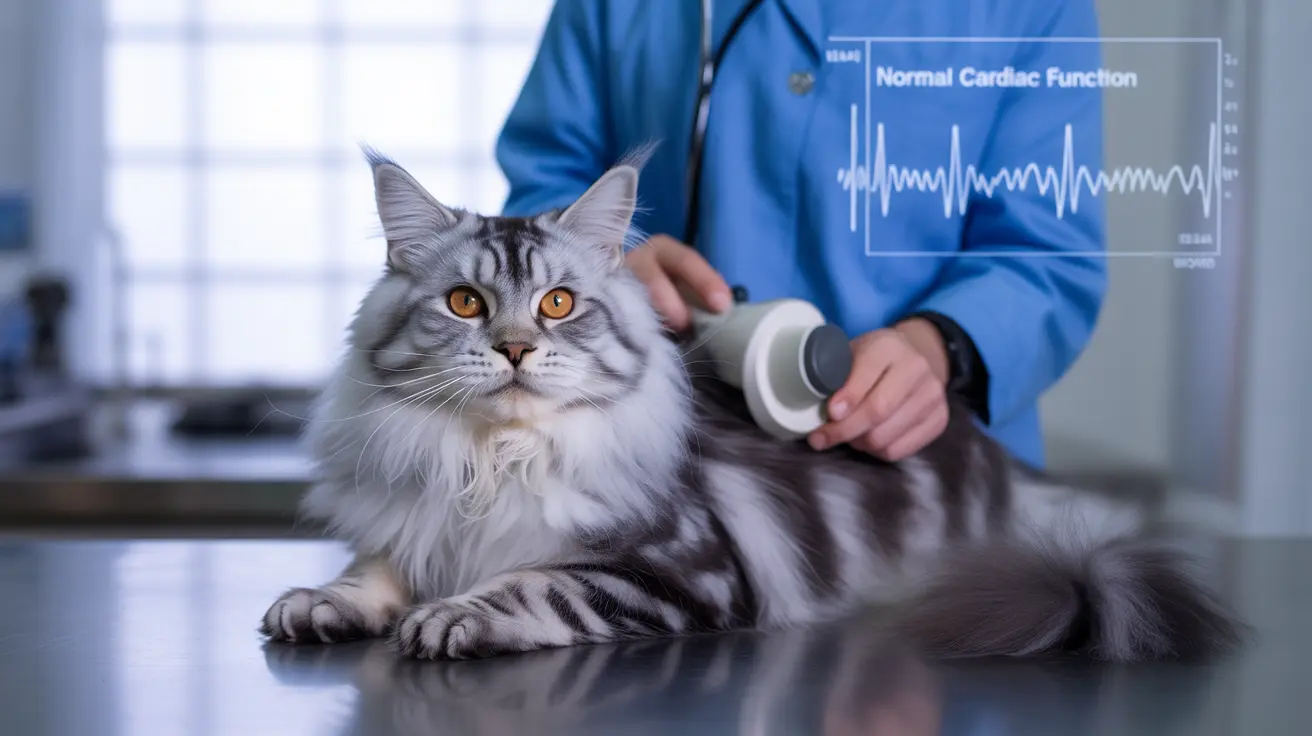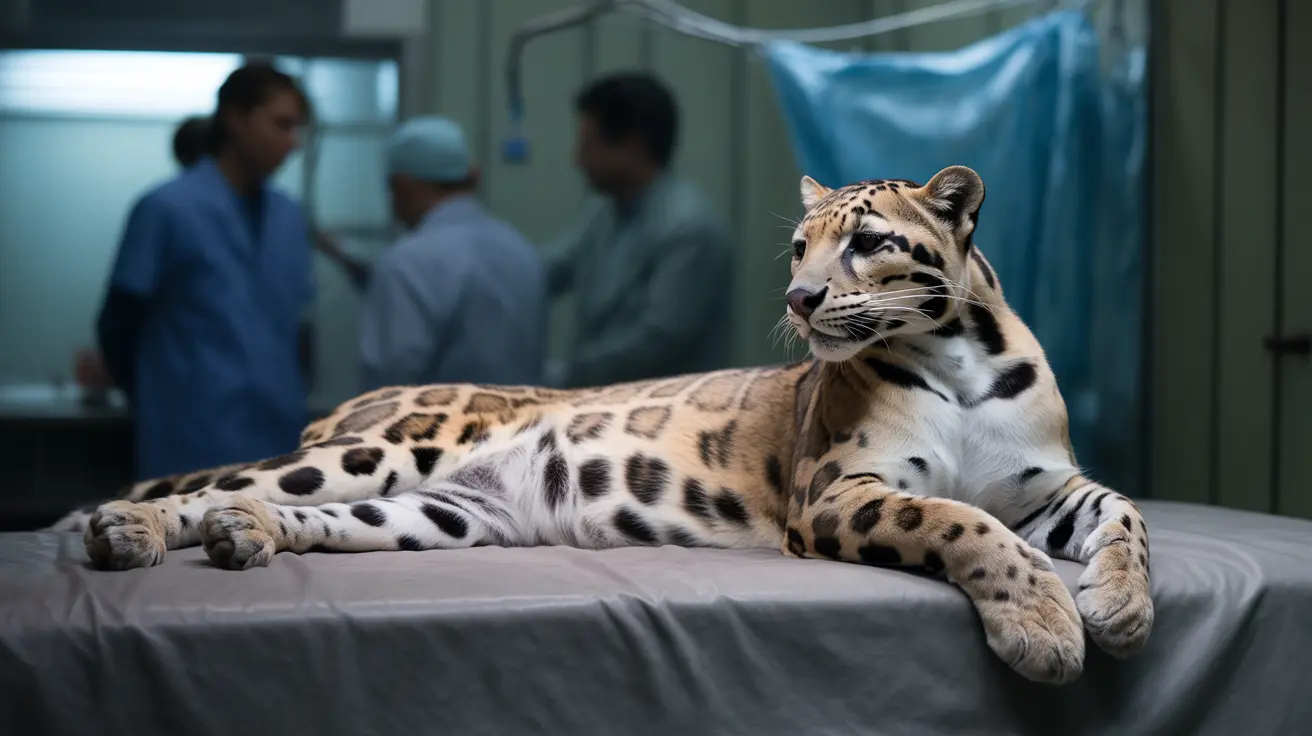Introduction
How big is a cat's heart? This fascinating question leads us into the remarkable world of feline anatomy. While cats may be small in stature, their hearts are perfectly engineered powerhouses that enable their incredible agility and energy. Understanding your cat's heart size and function is crucial for any cat owner interested in their pet's health and well-being.
In this comprehensive guide, we'll explore everything you need to know about the feline heart, from its physical dimensions to its amazing capabilities, and what this means for your furry friend's health.
The Size and Structure of a Cat's Heart
A cat's heart is surprisingly compact, weighing only 20-30 grams – about the size of a large walnut. To put this in perspective, it's roughly equivalent to your cat's own fist and significantly smaller than a human heart, which weighs approximately 300 grams.
Despite its small size, the feline heart shares the same four-chambered structure as human hearts, with two atria and two ventricles working in perfect harmony. This efficient design allows cats to maintain their characteristic bursts of energy and athletic abilities.
Heart Rate and Performance
The feline heart is a remarkable organ that beats significantly faster than human hearts. Adult cats typically maintain a resting heart rate between 120-140 beats per minute, which can increase to 220 beats during periods of excitement or stress. This rapid heart rate enables cats to quickly respond to stimuli and maintain their predatory instincts.
Throughout their lifetime, a cat's heart will beat approximately 1.5 billion times, showcasing the incredible endurance of this vital organ. Kittens have even faster heart rates, often reaching 200-300 beats per minute during their early development stages.
Measuring and Monitoring Heart Health
Veterinarians use various methods to assess feline heart health, with the Vertebral Heart Scale (VHS) being a primary diagnostic tool. This standardized measurement system helps identify potential heart issues by comparing heart size to the length of surrounding vertebrae on chest X-rays.
Regular veterinary check-ups are essential for monitoring your cat's heart health, as early detection of any abnormalities can lead to better treatment outcomes. Your vet may recommend additional testing, such as echocardiograms or other imaging studies, if concerns arise.
Common Heart Conditions in Cats
While cats rarely experience heart attacks like humans do, they can develop other cardiac conditions. The most common is hypertrophic cardiomyopathy (HCM), a condition where the heart muscle becomes abnormally thick. Some breeds, such as Maine Coons and Ragdolls, are particularly susceptible to this condition.
Regular monitoring and awareness of potential symptoms, such as rapid breathing, lethargy, or loss of appetite, can help ensure early intervention if heart problems develop.
Frequently Asked Questions
How big is a cat's heart compared to a human's?
A cat's heart weighs only 20-30 grams, approximately one-tenth the size of a human heart, which typically weighs around 300 grams. It's roughly the size of a large walnut.
Why do cats have such fast heart rates compared to humans?
Cats have faster heart rates due to their smaller size and higher metabolism. Their quick heart rates enable them to maintain the burst energy needed for hunting and playing, and respond rapidly to environmental stimuli.
What is the vertebral heart scale (VHS), and how is it used to measure a cat's heart size?
The VHS is a standardized measurement system used by veterinarians to assess heart size on chest X-rays. It compares the heart's dimensions to the length of the surrounding vertebrae, helping identify potential enlargement or abnormalities.
What are common heart diseases in cats, and how can they be diagnosed?
The most common heart disease in cats is hypertrophic cardiomyopathy (HCM). Diagnosis typically involves physical examination, chest X-rays, echocardiograms, and sometimes additional cardiac testing when necessary.
How can I monitor my cat's heart health and prevent common heart issues?
Regular veterinary check-ups, maintaining a healthy diet rich in taurine, providing regular exercise, and watching for unusual symptoms are key ways to monitor and maintain your cat's heart health. Early detection and intervention are crucial for managing any potential heart conditions.
Conclusion
Understanding your cat's heart size and function is essential for maintaining their overall health and well-being. While the feline heart may be small, it's an incredibly efficient organ that enables cats to live their active, agile lives. Regular veterinary care and attention to your cat's health can help ensure their heart continues to function optimally throughout their lifetime.






